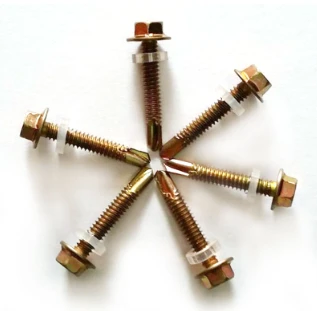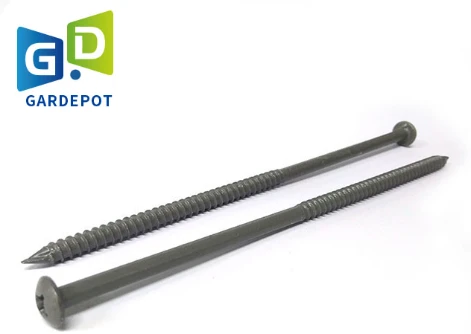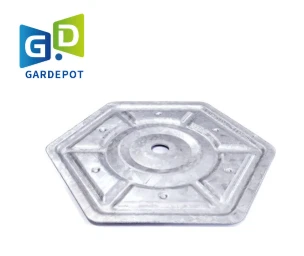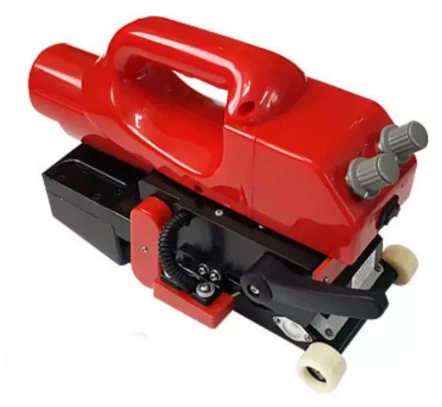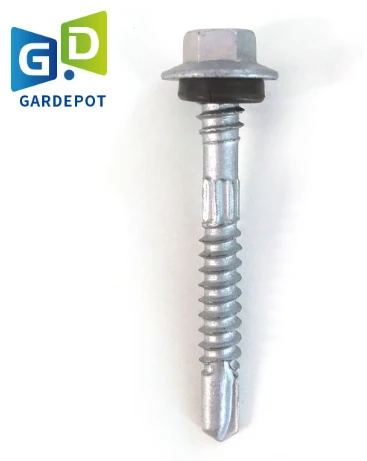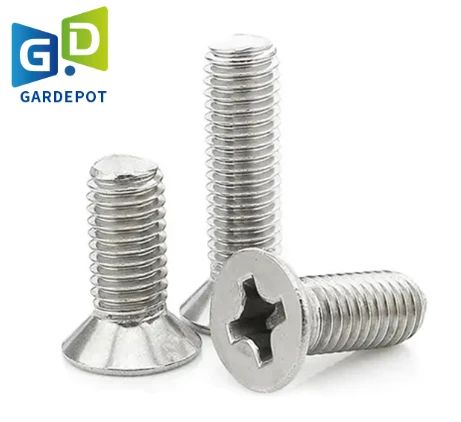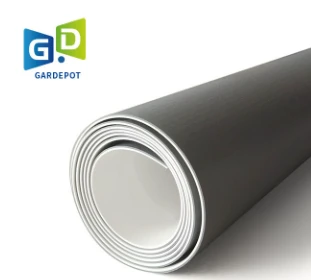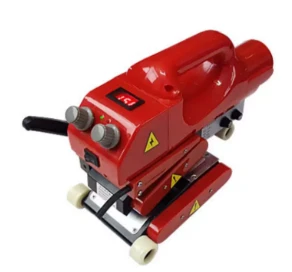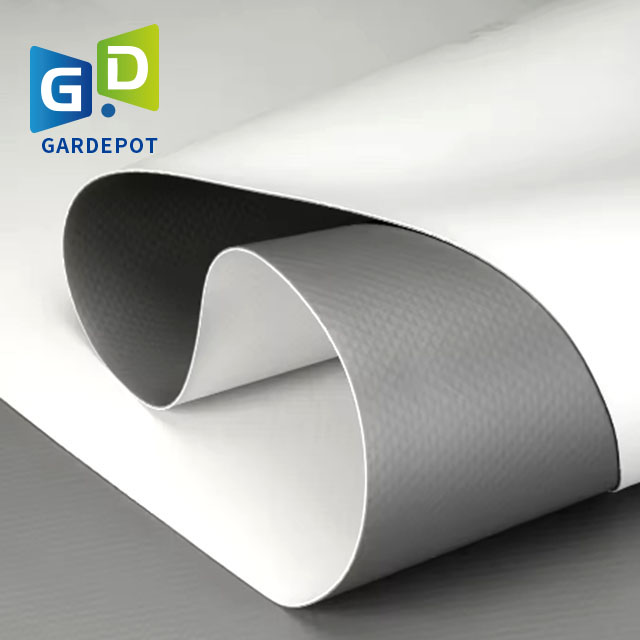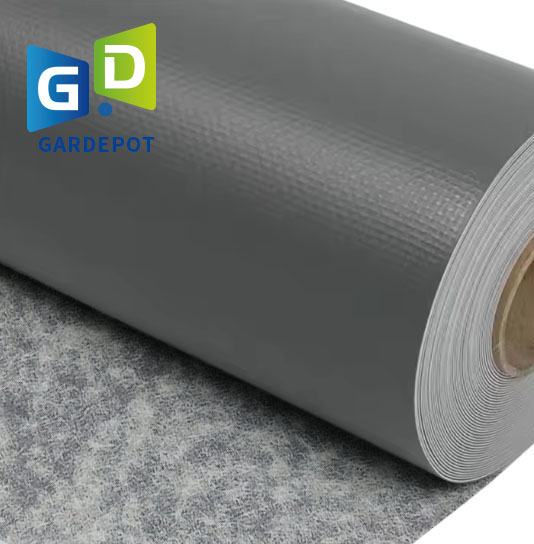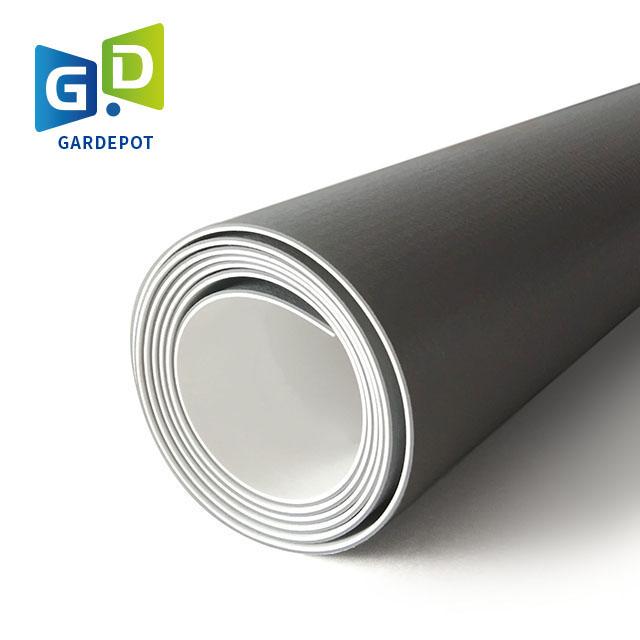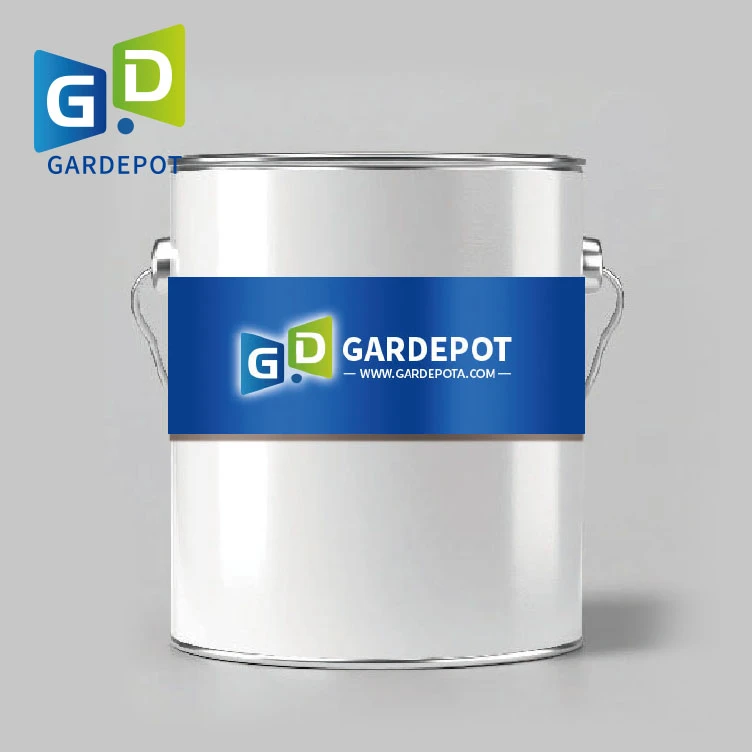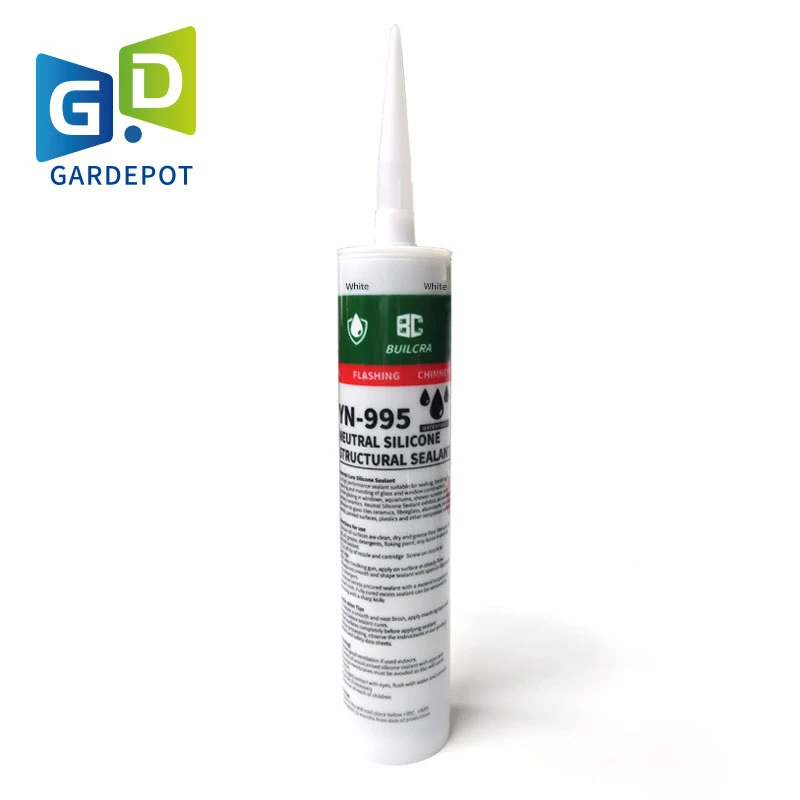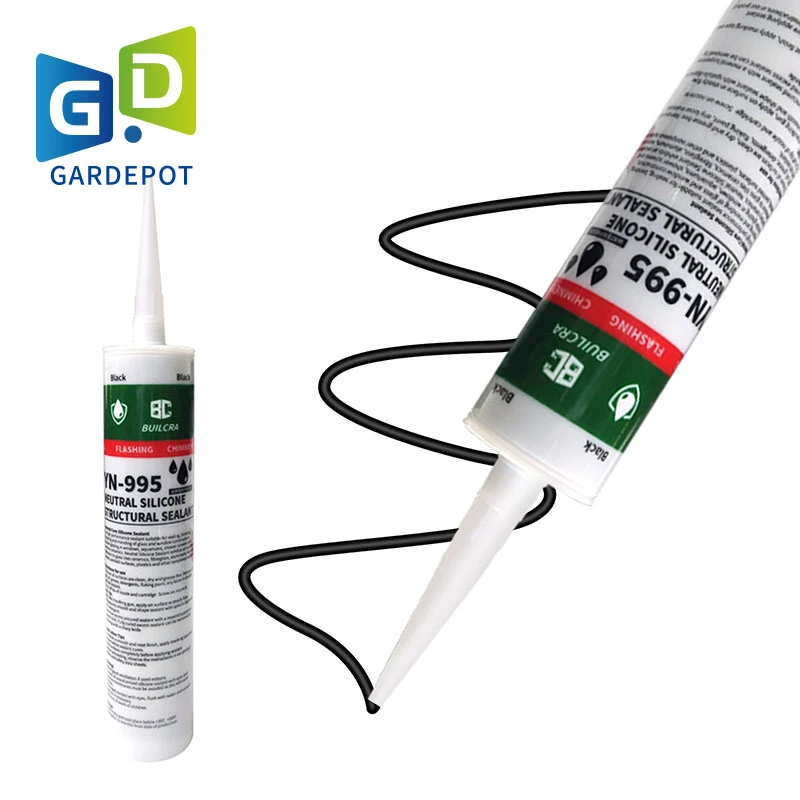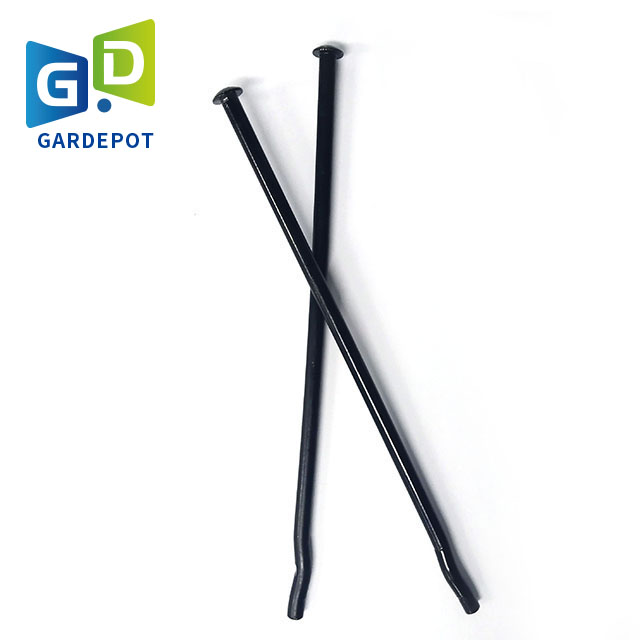- Dom
- Aktualności
- Roofing fastener resists corrosion well
Roofing fastener resists corrosion well
Every robust roof begins with the uncelebrated heroes of construction: the roofing fastener. These critical components anchor shingles, panels, and underlayment, transforming raw materials into weatherproof shields. Among them, roofing nails provide steadfast grip for asphalt and wood, while metal roofing screws deliver unparalleled resilience for steel or aluminum installations. Choosing the right fastener isn’t incidental—it’s foundational to durability, energy efficiency, and structural integrity. From hurricane-prone coasts to snow-laden mountains, the synergy between fasteners and roofing systems dictates performance. Ignoring their significance risks leaks, corrosion, and premature failure. This guide demystifies the nuances of fasteners, empowering homeowners and professionals to make informed decisions that stand the test of time.
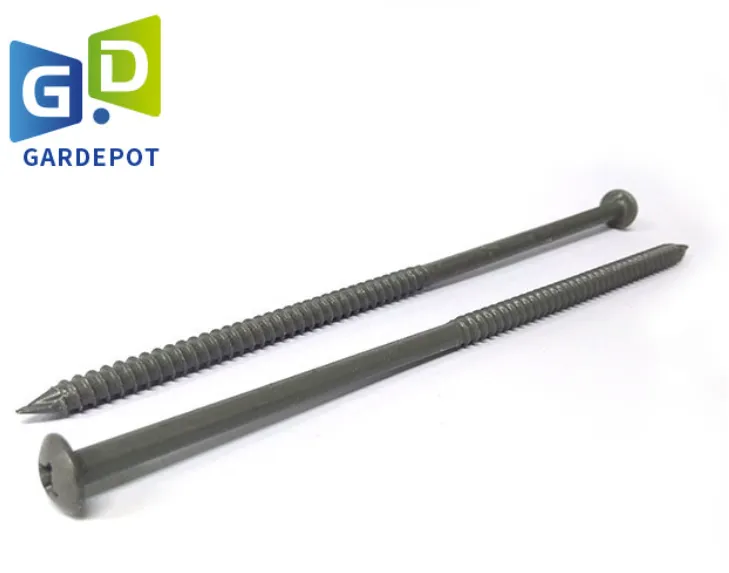
Understanding the Core Function of a roofing fastener
A roofing fastener transcends basic hardware—it’s an engineered solution combating gravity, wind uplift, and thermal expansion. Unlike generic screws or nails, roofing-specific variants feature coatings like galvanized zinc or G-90 to resist rust. Their design accommodates material movement; for instance, elastomeric washers on metal roofing screws create watertight seals when panels expand under heat. The shank geometry—whether smooth, ringed, or threaded—optimizes pullout resistance. Using non-specialized fasteners invites disaster: uncoated steel corrodes, compromising waterproofing, while undersized shafts snap under stress. Always match the fastener to substrate (decking, trusses) and climate. Saltwater environments demand stainless steel, while arid regions tolerate epoxy-coated options. Remember, a roof’s lifespan mirrors its weakest fastener.
Why roofing nails Dominate Traditional Shingle Installations
Roofing nails remain the gold standard for asphalt shingles due to speed, cost-efficiency, and shear strength. Their wide, flat heads prevent shingle tearing, while diamond-point tips pierce felt underlayment cleanly. Coil-style nail guns deploy them rapidly—critical for large-scale projects—but manual hammering ensures precision in valleys or eaves. Opt for hot-dipped galvanized roofing nails over electroplated; the former offers thicker zinc layers, combating moisture-induced rust. Length matters: 1¼-inch nails suit three-tab shingles, while architectural varieties require 1½-inch to penetrate decking securely. Avoid staples or adhesives as primary attachments; they lack wind-uplift resistance. Underdriven nails expose heads, risking leaks, while overdriven ones crush shingle mats. Mastery lies in consistent depth—flush with the surface, never protruding or recessed.
Metal roofing screws: The Unbeatable Choice for Standing Seam and Corrugated Systems
Metal roofing screws excel where nails falter: securing rigid panels without deformation. Self-drilling tips eliminate pilot holes, slicing through steel while threading into purlins. Their neoprene or EPDM washers compress dynamically, sealing puncture points against torrential rain. Color-matched heads blend aesthetically, maintaining a roof’s sleek profile. Use 1/4-inch hex heads for torque control; overtightening splits washers, inviting leaks. For standing seam roofs, concealed clips paired with metal roofing screws allow panel expansion, preventing buckle or oil-canning. Always select screws with corrosion-resistant coatings—Zinc-Aluminum Magnelis® outlasts standard galv—and ensure thread length exceeds panel thickness by 1 inch for robust engagement. Never substitute with self-tapping screws lacking sealing washers; water infiltration follows.
Roofing fastener Compatibility: Avoiding Costly Mismatches
Mismatching roofing fastener materials with panels accelerates degradation. Copper fasteners corrode aluminum roofs via electrolysis, while steel screws react with cedar shakes’ tannins. Similarly, roofing nails in metal panels loosen as thermal cycling widens holes. For slate or tile, copper-alloy ring-shank nails resist shear forces better than smooth shanks. Synthetic underlayments demand stainless fasteners—chemicals in asphalt-based felts erode lesser metals. Always verify load ratings: high-wind zones mandate fasteners with uplift resistance exceeding local codes. When installing solar mounts, combine metal roofing screws with butyl tape for dual-sealing protection. Consult manufacturers’ compatibility charts; warranties void if unapproved fasteners are used.
FAQS about roofing fastener Selection and Longevity
What distinguishes a roofing fastener from standard construction fasteners?
Roofing fastener variants integrate specialized features: corrosion coatings, sealing washers, or head designs that distribute pressure across brittle materials. Standard fasteners lack these adaptations, risking leaks or material fatigue.
Can I reuse roofing nails during repairs or replacements?
Never reuse roofing nails. Extraction bends shanks or strips coatings, compromising grip and rust resistance. Always install new nails aligned with original penetration points.
How do I prevent metal roofing screws from backing out due to thermal movement?
Use screws with thread-locking patches (nylon inserts) or ribbed washers that bite into metal. Ensure panels float freely—over-constraining with screws triggers back-out.
Does fastener placement impact warranty coverage for roofing fastener systems?
Yes. Improper spacing (e.g., too few roofing nails per shingle) or incorrect penetration depth voids warranties. Follow manufacturer specs meticulously.
Why do metal roofing screws sometimes leak despite sealing washers?
Overtightening splits washers, while undertightening leaves gaps. Inspect washers annually; UV exposure hardens rubber over time, reducing elasticity.
Secure Your Legacy With Premium Fasteners.Your roof deserves nothing less than precision-engineered fasteners.we supply industry-certified roofing nails, metal roofing screws, and comprehensive roofing fastener solutions trusted by leading contractors. Our products undergo rigorous salt-spray, cyclonic wind, and thermal-shock testing—ensuring they outperform in extreme conditions. Partner with us for bulk pricing, technical guidance, and lifetime material warranties. Visit our website today or call our experts to request samples. Don’t compromise on invisible components that determine visible success. Invest in fasteners that fortify roofs—and reputations—for generations.

